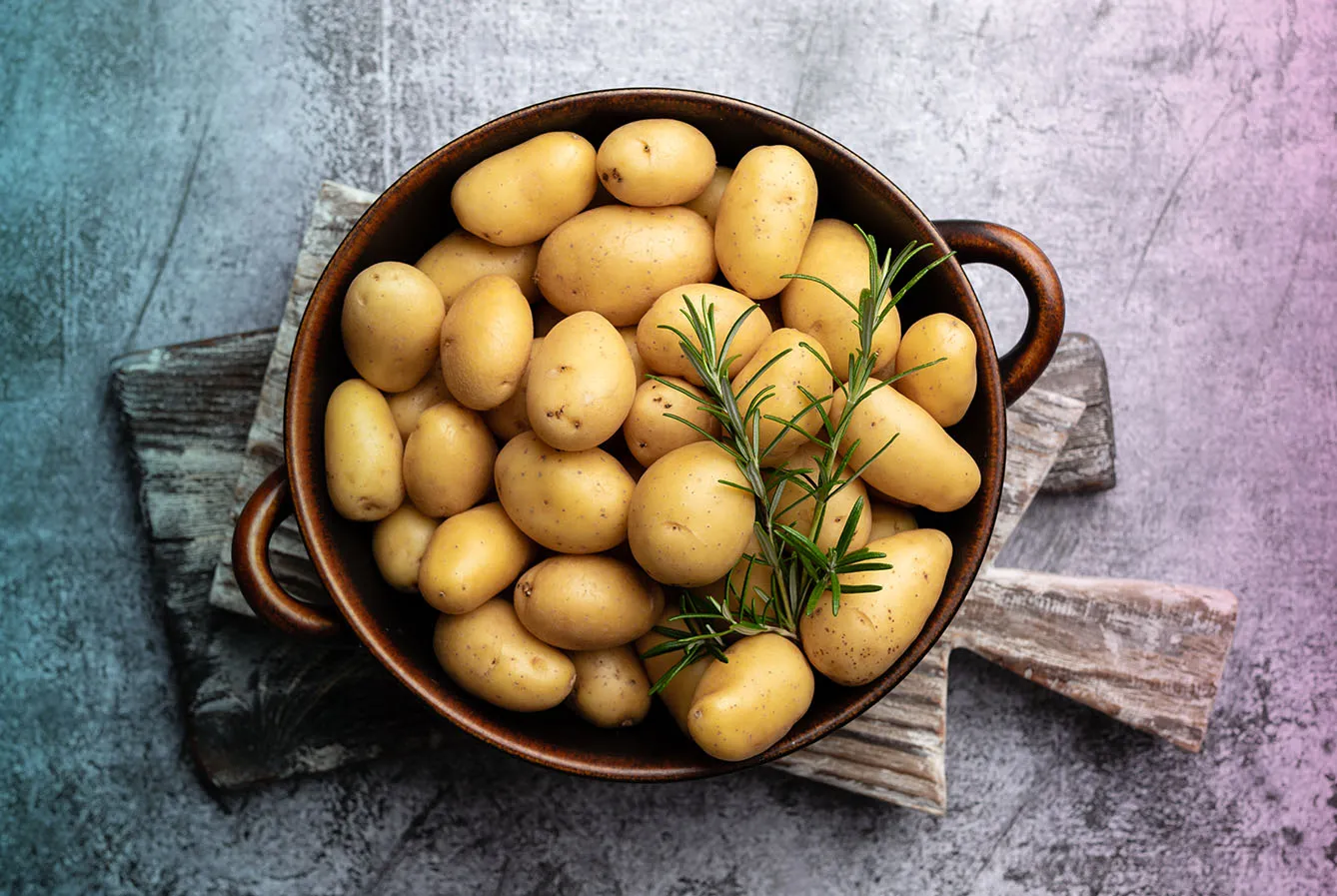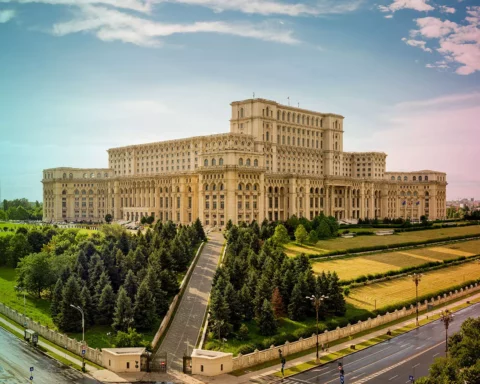Don’t let the offerings of popular brunch places fool you. Regardless of what you might see on the menu when it comes to one vegetable unifying Europe, it’s not avocado. While the actual number one favorite veggie might be harder to spot in fashionable eateries across the 3 Seas Region and beyond, its reputation remains rock solid. Move over avocado; this table is reserved for potatoes.
Native to the Peruvian-Bolivian Andes, the potato has made quite a global career. Today, one of the world’s main food crops, the potato, started its expansion abroad courtesy of the Spaniards who invaded the region. Cultivated across South America for some 1,800 years, the potatoes appeared in Europe in the second half of the 16th century. By the end of the 17th century, the potato was a major crop in Ireland.
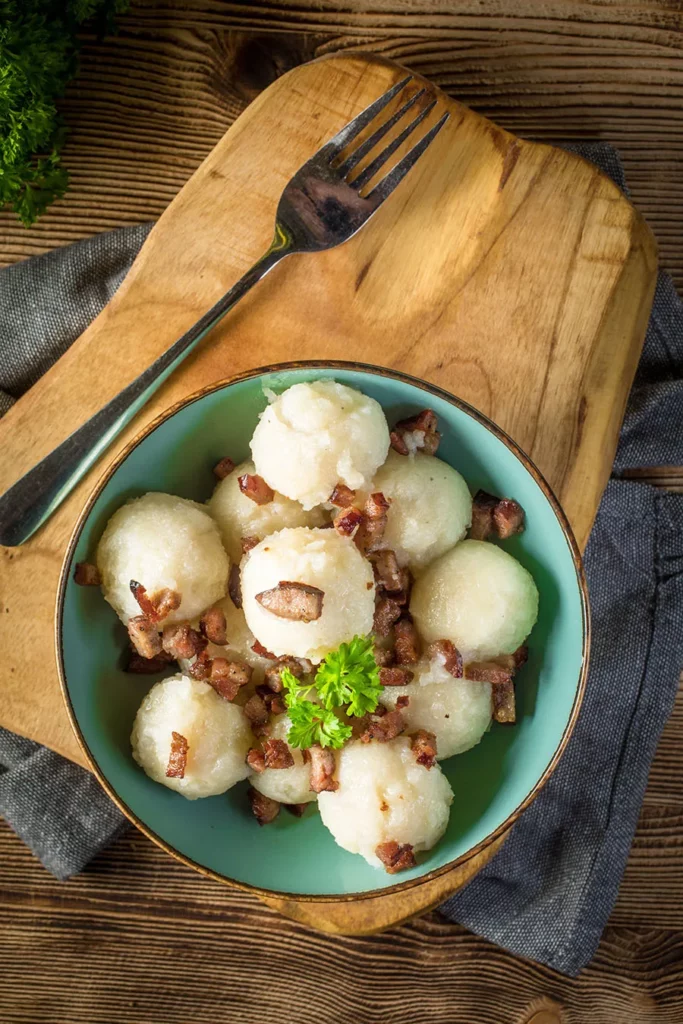
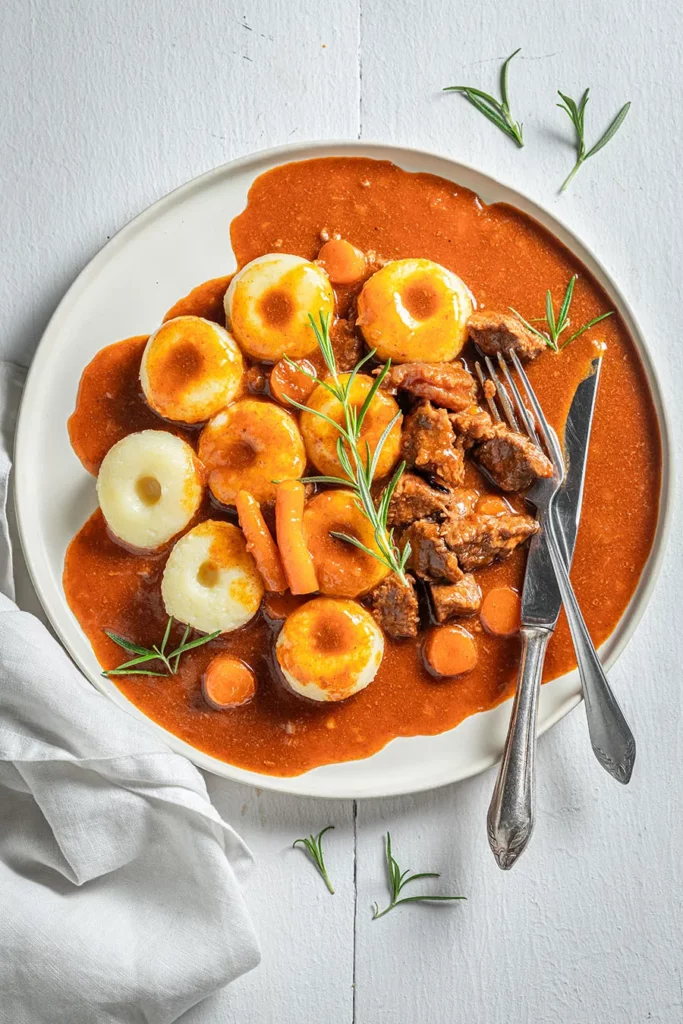
Fast forward to today, with Poland accounting for 16.4% of the potato production, including seed, in the European Union in 2020, according to Eurostat data. While Germany is the EU’s top potato producer (21.2%), other 3 Seas countries like Romania keep the continent well-stocked with potatoes, accounting for 4.9% of the EU’s production in 2020. But don’t get confused by the numbers: While Estonia has a rather modest 0.2% share of the EU’s potato production, this number in no way represents the appreciation for the crop.
Across the EU, potato production has been in long-term decline. According to Eurostat numbers, the cultivated area almost halved between 2000 and 2020, with particularly sharp reductions in Poland (-71.3 %) and Romania (-41.4 %). All in all, some 55 million tons of potatoes were harvested across the EU in 2020, about one-quarter (-27.4 %) less than in 2000.
What remains stable is the love for a hearty meal with potatoes in the leading role. In Poland, Europe’s second largest potato producer, comfort food with potatoes is everywhere. And yet, if in a rush, a trusted Polish food blogger we consulted wants you to try at least pyzy, the signature large dumplings, kluski śląskie, or Silesian dumplings, and finally, kopytka, the potato dumplings one might confuse with gnocchi.
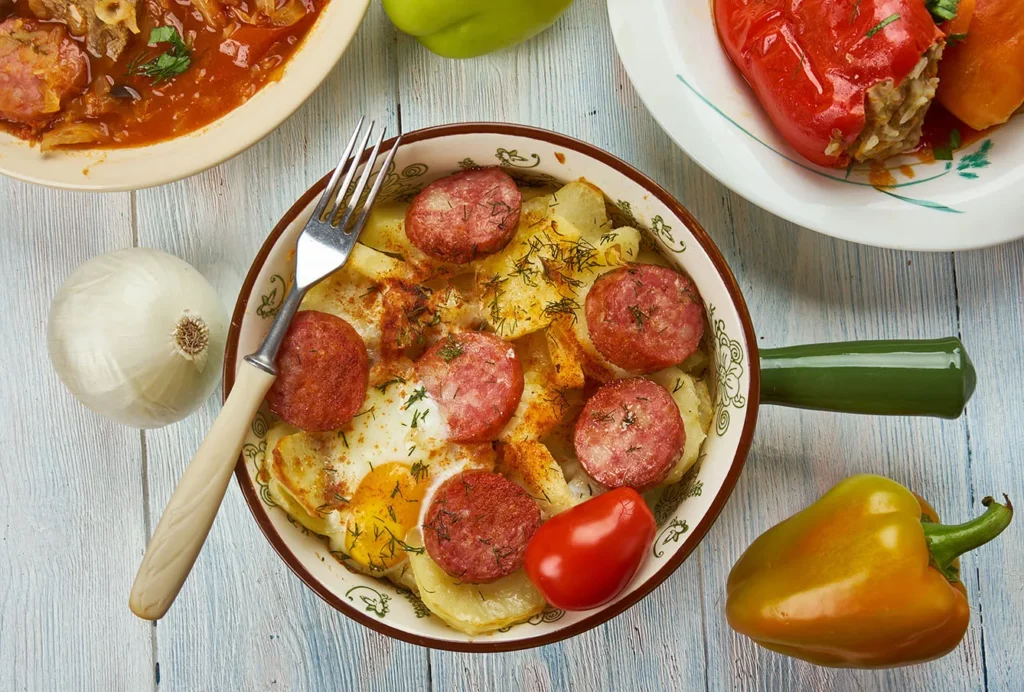
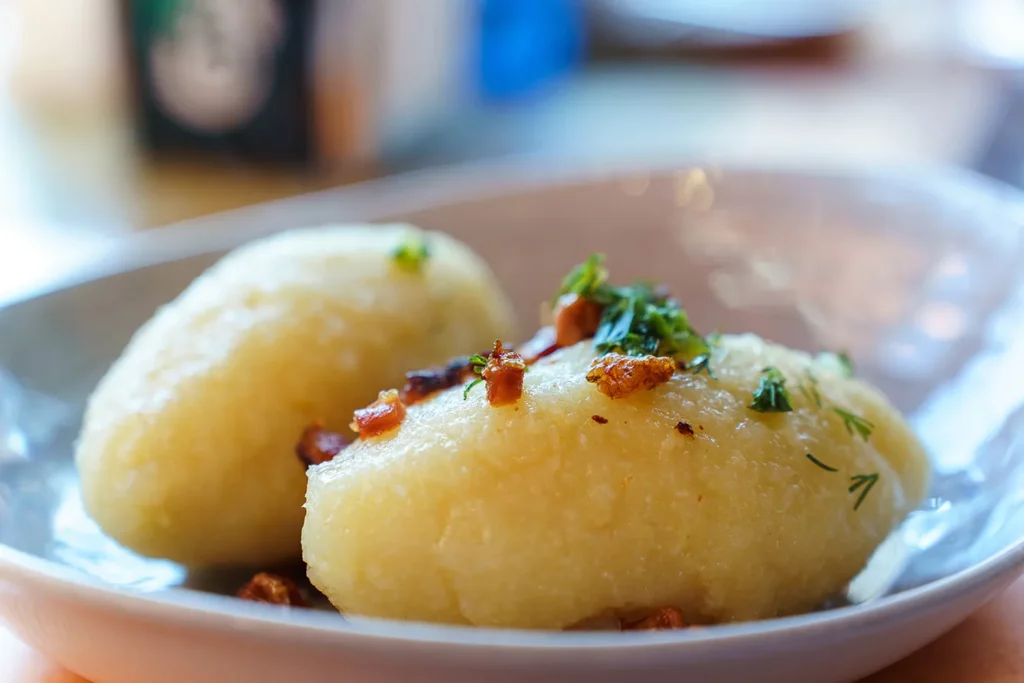
We didn’t stop there. We also asked our readers across the 3 Seas region about their favorite potato dishes. Eat up.
Kartofena yachniya, Bulgaria
According to Galina Ganeva
“When it comes to potatoes in Bulgaria, the answer might be too obvious: Who doesn’t like French fries covered with a generous blanket of grated Bulgarian cheese? But for me, it’s a meal that my mother excelled at that shines bright. Kartofena yachnia is a simple vegetarian meal you will have a hard time finding in a restaurant just because it’s meant to be enjoyed at home. It’s a stew with potatoes, tomatoes, onions, peppers and lovage.
It’s an absolute must to use plenty of lovage. The secret to a hearty yachniya is its thick sauce. So I would use a lot of potatoes to achieve that, and a little flour. You really don’t want your yachniya to turn out watery. Another secret: Don’t rush it, cook on a slow fire. And because we’re in Bulgaria, you can always add yogurt on top before you get down to business. Now that we’re being advised to stay away from bread, the way many Bulgarians eat the dish might be off limits. But if you’re still a bread eater, don’t be afraid to use your bread to scoop up the delicious sauce.”
Rakott krumpli, Hungary
According to Balazs Kovacs
“Rakott krumpli is just major league comfort food. Potatoes and sour cream. And hard-boiled eggs. Wait, there’s also sausage if you’re not vegetarian. Fair warning, this meal has a lot of fat, proceed accordingly. It’s extremely easy to make and very tasty. Every single time.”
Cepelinai, Lithuania
According to Katazina Karneckaja
“No competition here. Living in New York, which Lithuanian dish makes me miss home? Cepelinai, of course, the potato dumplings stuffed to the brim with ground meat. The cepelinai enjoy a cult status in Lithuania, probably because you don’t eat them every day. You really need a special occasion. It’s the ultimate meal that says “home,” also because it’s mostly prepared by your mom or grandmother. Willing to give it a try? You better be patient. The home-made version requires a lot of work. A lot. Once you have these big chunks ready, don’t skim on the sour cream, usually with fried onions or bacon. It’s fatty, obviously, but that doesn’t stop you from craving more. The usual portion is two pieces, but who are we kidding? You’ll end up having four. If someone really likes you, they’ll invite you over for cepelinai. Let’s be honest; as nice as the gesture is, these cepelinai would never taste like your mother’s!”
Boiled potatoes with butter, Estonia
According to Lora Amsalem
“I spent a few months studying in Estonia, and I vividly remember the country’s loving attitude towards potatoes. It’s truly something special, at least for me, a major farming enthusiast. When I was in Estonia, the farmers who grew their own potatoes would invite all their friends and family over to help with the harvest. They get a tractor, get friends together, pick potatoes, and store them for the winter. I know it sounds very simple, but there is beauty to this community experience. In the kitchen, Estonians keep it simple. My favorite is just boiled potatoes with butter. I wish I was back in Estonia now, just for that.”


